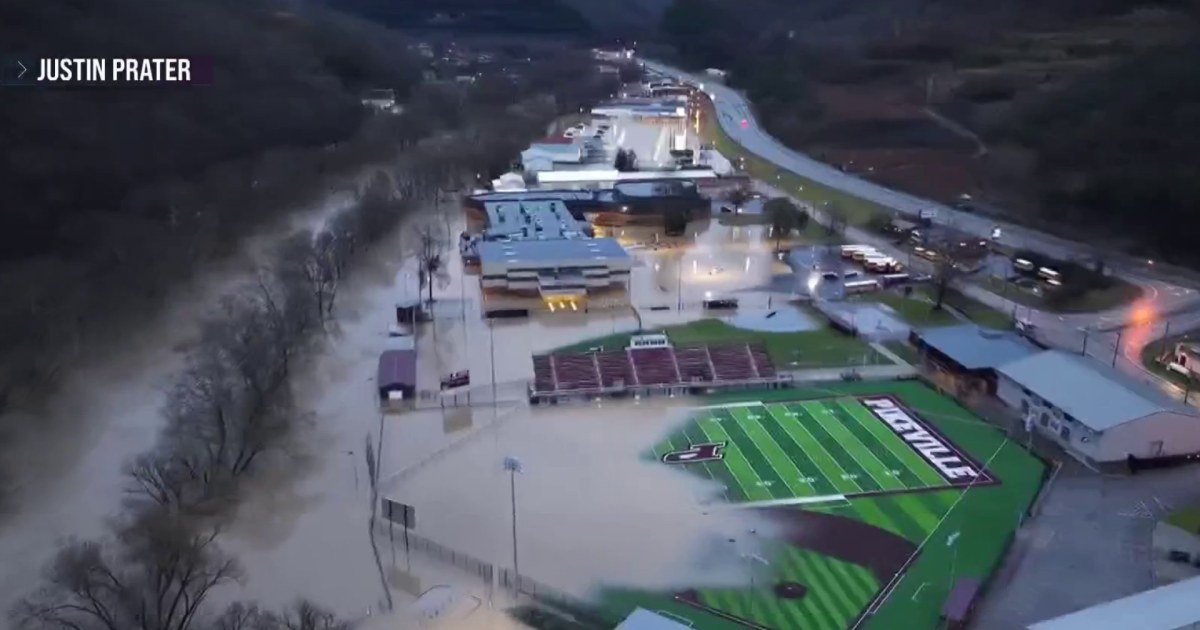Kentucky’s Deadly Storms: Understanding the Impact and Aftermath
Recent severe storms in Kentucky have tragically claimed at least eight lives, leaving communities in shock and mourning. The devastation wrought by these storms is a stark reminder of nature’s unpredictability and the vulnerabilities faced by many in the region. This article delves into the aftermath and recovery efforts following this devastating weather event, examining not only the immediate impact but also the long-term implications for the affected areas.
The Storm’s Path of Destruction
The recent storms that swept through Kentucky were characterized by extreme winds, heavy rainfall, and flash flooding. Meteorologists noted that such severe weather patterns have been increasingly common in the region, raising concerns about climate change and its effects on local weather systems.
- Wind Damage: Many homes and businesses suffered significant structural damage due to high winds, uprooting trees and causing power outages that lasted for days.
- Flooding: The torrential rains led to flash floods, particularly in low-lying areas, rendering roads impassable and isolating communities.
- Loss of Life: As mentioned, the storms claimed at least eight lives, with many families left to grapple with the sudden and tragic loss of loved ones.
Local authorities have reported extensive damage assessments, with some areas deemed uninhabitable until repairs can be made. The emotional toll on families who have lost their homes or loved ones is immeasurable, and the community is rallying to support those affected.
Community Response and Recovery Efforts
In the wake of Kentucky’s deadly storms, the response from local communities has been nothing short of inspiring. Neighbors have come together to assist one another, showcasing the resilience and solidarity that often surfaces during times of crisis.
- Volunteers: Local organizations and volunteers have mobilized to provide food, shelter, and emotional support to those in need.
- Government Assistance: State and federal agencies are working together to assess damage and distribute aid to affected families, including financial assistance for temporary housing and repairs.
- Nonprofits and Charities: Organizations such as the Red Cross and local food banks have stepped up to provide essential supplies and resources.
These recovery efforts highlight the importance of community resilience. In times of disaster, it is the collective effort of individuals and organizations that often makes the most significant difference in recovery speed and effectiveness.
Long-Term Implications of Severe Weather
The destructive storms in Kentucky have raised questions about the long-term implications of such severe weather patterns. With climate change contributing to increased frequency and intensity of storms, many residents are left wondering how to better prepare for the future.
- Infrastructure Challenges: Kentucky’s infrastructure is under pressure to withstand more frequent severe weather events. Upgrades to drainage systems, roadways, and emergency response capabilities are vital.
- Insurance Considerations: Homeowners may face higher insurance premiums as the risk of severe weather increases, leading to financial stress for many families.
- Community Preparedness: The recent storms have prompted discussions about emergency preparedness plans at both the community and individual levels. Educational initiatives are essential to ensure that residents know how to respond during severe weather events.
Engaging the community in preparedness training and drills can empower individuals and families to take proactive measures to protect themselves and their property.
The Emotional Toll and Mental Health Resources
Beyond the physical destruction, the emotional impact of Kentucky’s deadly storms cannot be overlooked. Survivors may experience grief, anxiety, and post-traumatic stress disorder (PTSD) as they navigate the aftermath of such a traumatic event.
- Counseling Services: Local mental health professionals are stepping up to offer counseling and support services to those affected, helping them cope with loss and trauma.
- Community Support Groups: Support groups are forming to provide a space for individuals to share their experiences and feelings, fostering a sense of community among survivors.
- Awareness Campaigns: Initiatives aimed at raising awareness about mental health resources are being implemented to ensure that everyone knows where to turn for help.
Addressing mental health is just as crucial as physical recovery, as emotional healing plays a vital role in restoring community strength and resilience.
Looking to the Future: Building Resilience
As Kentucky begins the complex process of recovery, there is a unique opportunity to build resilience against future storms. By focusing on preparedness, community involvement, and sustainable infrastructure, residents can work towards a safer and more secure future.
- Investing in Infrastructure: Upgrading physical infrastructure to better handle severe weather can mitigate damage in future storms.
- Community Engagement: Encouraging local participation in planning and preparedness initiatives fosters a stronger sense of community ownership and responsibility.
- Education and Awareness: Promoting awareness about climate change and its local impacts can empower individuals to advocate for necessary changes in policy and practice.
Through collective efforts, Kentucky can emerge from this disaster not just as a community recovering from loss, but as a resilient state ready to face the challenges of an uncertain future.
Conclusion
Kentucky’s deadly storms have left a profound impact on the lives of many, but the response from communities, organizations, and individuals showcases the strength and resilience that can emerge from tragedy. As recovery efforts continue, it is essential to remember the lessons learned and to prepare for future challenges. By coming together, supporting one another, and investing in proactive measures, Kentucky can pave the way for a safer and more resilient tomorrow.
See more Your Daily Weather



